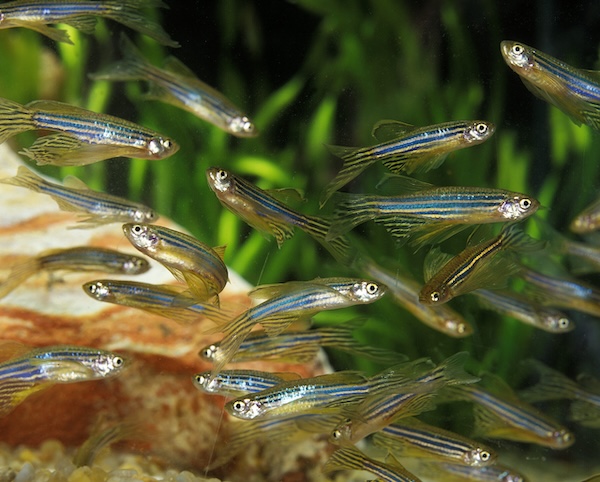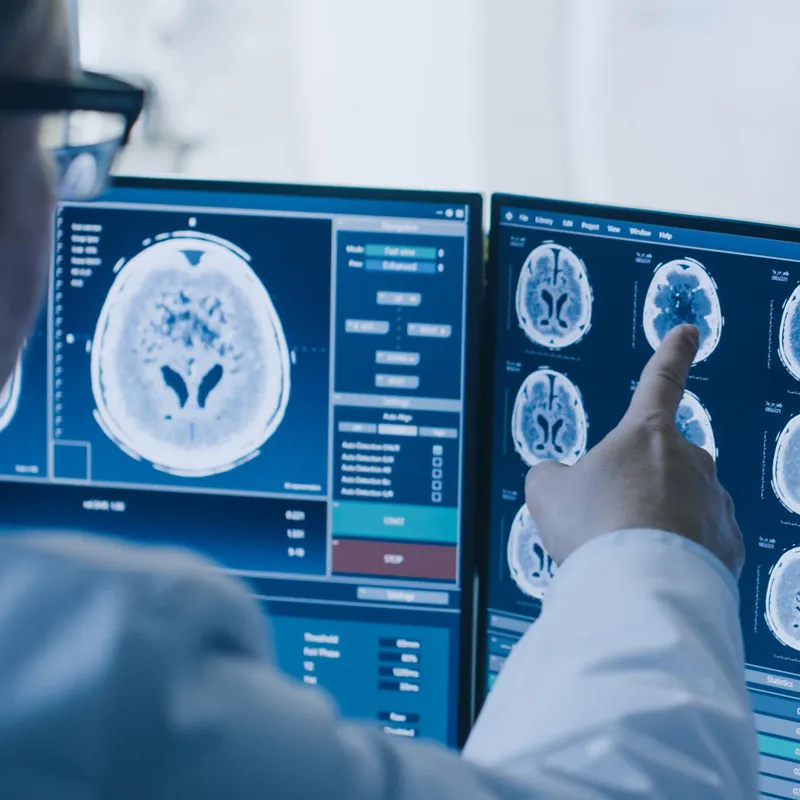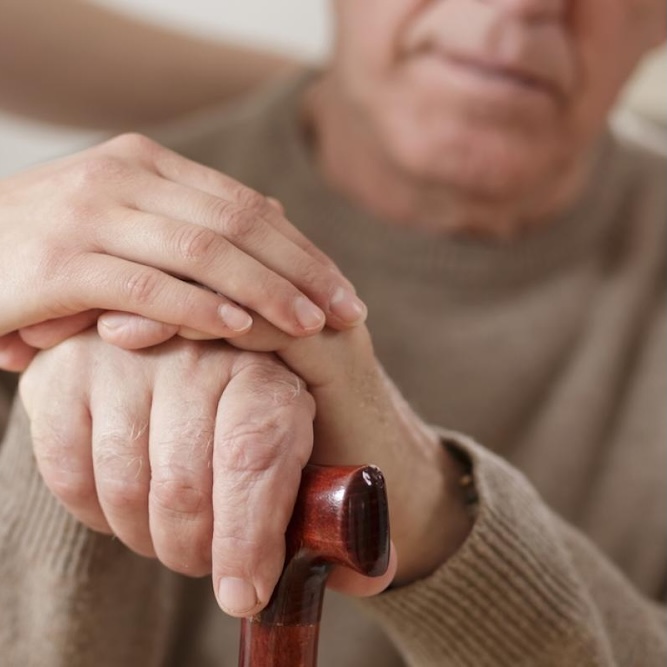Recent research has revealed fascinating parallels between near-death experiences (NDEs) and psychedelic experiences, two profound states of consciousness that have historically been challenging to study in controlled settings. A groundbreaking study published in Neuroscience of Consciousness presents the first systematic comparison of these phenomena from individuals who have experienced both.
Lead researcher Charlotte Martial emphasizes the significance of this comparative approach, noting that “this study provides unique insights given the inherently unpredictable nature of NDEs.” The research carries particular relevance for palliative care, suggesting potential applications for psychedelics in end-of-life therapeutic contexts.
The study examined accounts from 31 participants, predominantly male subjects from the United Kingdom and United States, who had experienced both NDEs and psychedelic states induced by substances such as LSD, psilocybin mushrooms, ayahuasca, DMT, or mescaline. The methodology employed online surveys to gather detailed phenomenological data, with particular attention to the subjective qualities and perceived reality of these experiences.

Key findings
- Similarities:
- Temporal distortions
- Experiences of harmony and unity
- Sensations of transcending ordinary reality
- Notable distinctions:
- Psychedelic experiences produced more intense visual phenomena
- NDEs involved more pronounced disruptions of bodily awareness
- Post-experience effects differed significantly, with psychedelic experiences generally associated with increased interpersonal openness
The prevalence of NDEs—affecting 5-10% of the general population—underscores the importance of this research. While historically dismissed by the scientific community, these experiences are increasingly recognized as valuable windows into consciousness studies.
Dr. Christopher Timmermann from Imperial College London’s Center for Psychedelic Research emphasizes that “understanding human consciousness requires serious consideration of non-ordinary states.” This perspective represents a significant shift in consciousness research methodology.
Methodological considerations
The researchers acknowledge certain limitations, including:
- Potential response biases inherent in self-reported data
- The absence of 5-MeO-DMT experiences, previously noted for NDE similarities
- Sample size constraints affecting substance-specific analyses
Additional research by Martial, published in Consciousness and Cognition, employed natural language processing to compare NDEs with various psychedelic experiences, identifying ketamine as producing phenomenology most closely resembling NDEs.
Future research directions
The findings suggest promising avenues for investigation into:
- The role of atypical psychedelics like ketamine and salvia
- Potential therapeutic applications in end-of-life care
- Deeper understanding of consciousness mechanisms
This research represents a significant step forward in understanding extraordinary states of consciousness, with implications for both theoretical frameworks and clinical applications in psychedelic therapy and end-of-life care.




